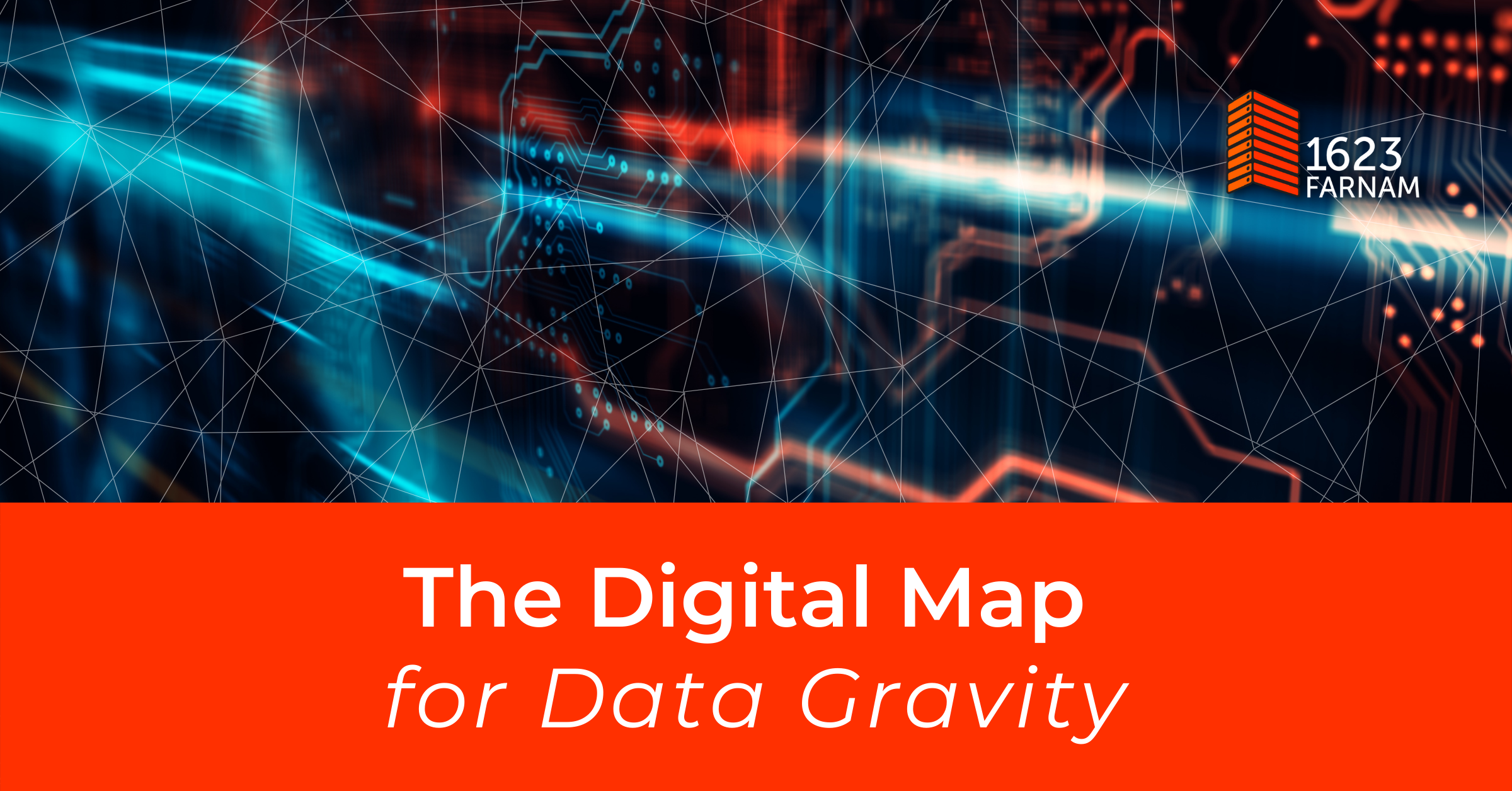With all of the tech advancements and applications that are a part of our global digital economy, it’s no surprise that data gravity is reaching astronomical levels. A good example is the Internet of Things (IoT) with applications such as wearables, health monitors and smart grids. It’s essential that the data needed to support those use cases is hosted very close to where the data is generated and stored.
New frameworks are needed that cater to an IoT-driven world, and as such a lot of that data gravity has been moving to the cloud. Whether its a single cloud, multicloud or hybrid cloud solution, the cloud solves for key application requirements like agility and low latency. We are also seeing Tier 2 and Tier 3 markets become increasingly important in this race for more computing at the edge.
In 2018, there were an estimated 22 billion IoT-connected devices in use around the world. Even more impressive are forecasts that reveal this number’s potential to reach 50 billion by 2030. By as early as 2025, the amount of data from these connected nodes is predicted to reach a mind-boggling 79.4 zettabytes.
Thinking beyond traditional network architectures is essential – the time is now to solve so that we can realize, benefit and drive the transformational potential across a multitude of use cases.
Learn more about where we’re headed in an article by Todd Cushing, President of 1623 Farnam that was featured in Connect World’s Asia Pacific II 2021 Edition.


